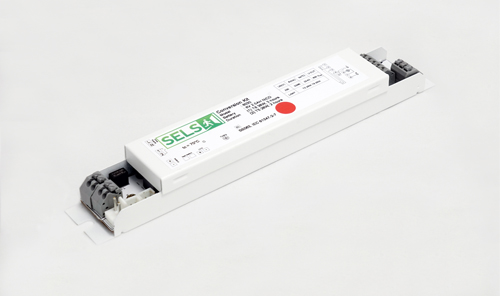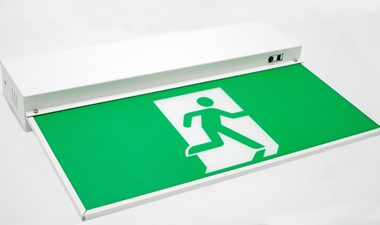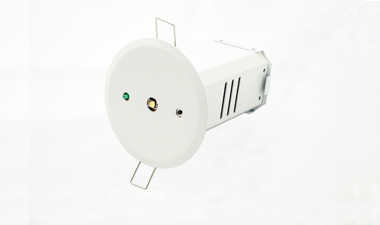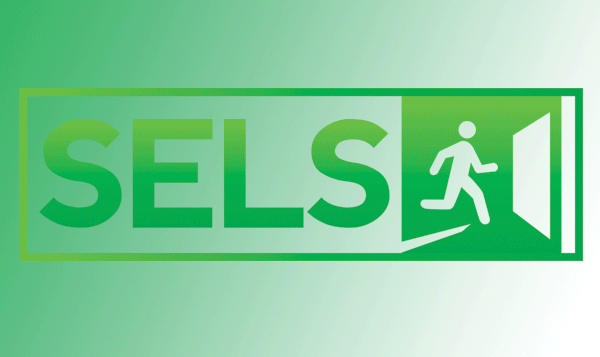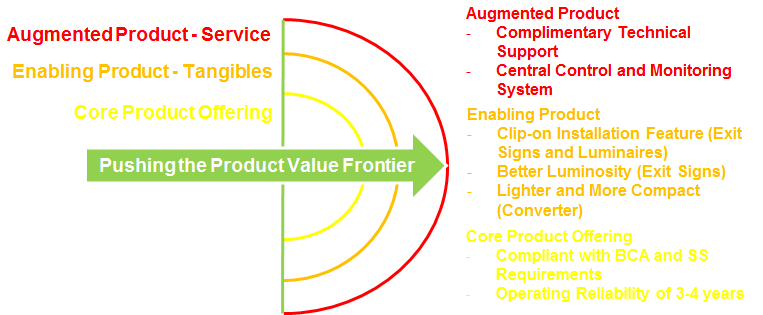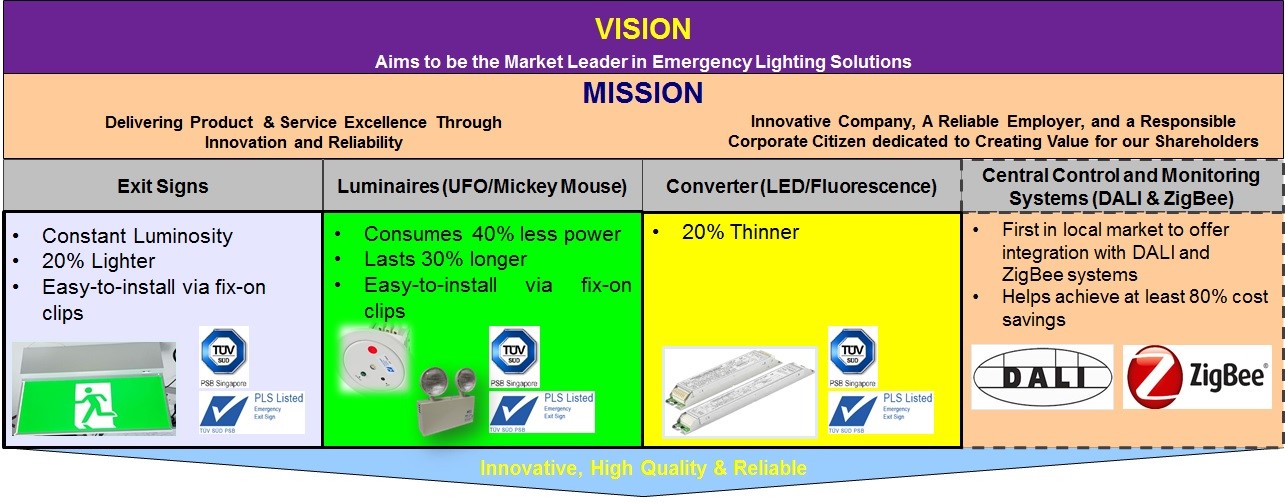Take a room full of industry professionals and get them talking about all the issues that exercise them. How could there possibly be a better way to spend a day? The Lux Emergency Lighting Conference 2016 was held at the Cavendish Conference Centre, London on Thursday 25 February.
The day began with a look at the Codes and Standards, where we are and where we might be going, before we looked at the mighty subject of installation testing, and who knew how troublesome that activity could turn out to be. After lunch we looked at the technology, especially batteries. And that is almost a story all by itself.
STANDARDS
It’s time for an upgrade.
BS5266 Part1 will be updated this year, with revisions likely to cover changes in human behaviour and the impact of the introduction of new technology. And we can already see that changes in the real world will inevitably mean that the latest edition of the Standard will need further revision before the dust has settled on the launch of this one.
The glaring problem of LEDs
Over-bright emergency lighting is not something that has troubled the industry thus far but it’s clear from the level of the complaints that some new LED designs may run into glare issue problems very soon. Small physical size and the lack of proper optical control to reduce peripheral luminance may see some current models disappear from the catalogues earlier than expected.
Super-bright signage
Where technology leads, applications inevitably follow. LED strips can easily deliver top-of-the-output signage and we can expect an increase in the use of 500cd/m2 signage packages. The stated reason is to provide ease of escape route recognition in large open spaces such as atria – a worthy aim, but the simpler option would be to make the signage bigger, and who’s prepared to take that argument into a fight with architects and designers?
How safe is your place of safety
Getting people out of your building is only half the story. It’s no longer acceptable to take them to the edge of the pavement and expect someone else to take over the problem. You’re going to have to demonstrate that your emergency lighting installation delivers people to a place of safety. That may be the pavement, but mustn’t be assumed. It’s your risk assessment now.
The answer lies in the risk assessment
Much as we all like to find the answer in the instruction book and then blame someone else when the wardrobe door doesn’t fit, the foundation for a successful emergency lighting design comes from a very human assessment of where the risks may exist. And this is an on-going process. If internal layouts change, perhaps with partition walls being reorganised, then a new Risk Assessment of the emergency lighting installation MUST be done. It’s all about vigilance and joined-up thinking.
TESTING
Manual testing of emergency lighting installations
The hard truth is that it's nigh impossible to manage a regular manual inspection of an installation across a large estate. With the best will in the world, the monthly functional tests and visual inspection of thousands of luminaires is forced to give way to the regulatory annual testing and inspection. Everyone understands that it’s far from ideal and failing to meet legislative requirements, but it’s the only option when costs and human resources are limited.
Automatic testing and reporting of emergency lighting installations.
While weekly sweeps of the emergency lighting system and automatic report generation is a game changer, it doesn’t remove the need for visual checking. There is an almost visceral need to get up from the desk and go and see for yourself.
What we learn from automatic report generation.
Manual testing treats every luminaire equally, the person doing the inspection needs to spend as much time with a fully-functioning fixture as with one that has failed. Automatic test report generation concentrates the attention where is needs to go – onto the equipment that has failed.
Heading for the cloud
Cloud computing looks like being the preferred route for automatic test reporting, as masses of data whoosh around from testing software to Facilities Managers desktops and tablets. And the chief beneficiaries will be the specialist data analysis start-ups that will tell you where to find the fixture with the dodgy battery that’s tucked away on the back stairs in the sub-basement of the secondary maintenance building on the edge-of-town campus.
The Internet of Things
The Internet of things is headed our way. We don’t know what it looks like and we may not recognise it when it arrives, but it’s definitely on its way.
BATTERIES
Why the Li-ion won’t be roaring tonight
The anticipation that the old Nickel Cadmium (Ni-Cd) battery is due to be replaced by its younger and cockier compadre, the Lithium Ion (Li-ion) battery, looks to be dashed, at least in the short term.
Unfortunately, the smaller physical size, lighter weight and greater energy density that has made the Li-ion battery the saviour of the electronics industry comes with a serious downside; it does have a habit of catching fire, and what could be more embarrassing in an emergency evacuation situation to have your exit signage bursting into flames.
In truth, the Li-ion battery may not be the ideal replacement to the older Ni-Cd technology. Li-ion batteries are known to overheat which can lead to ‘venting with flame’, which is the finest euphemisms that I’ve heard in many a year. Transportation of bulk loads of Li-ion batteries is troublesome, with the International Civil Aviation Organisation (ICAO) recently banning their carriage on passenger aircraft, saying that they pose a serious fire hazard. So things are not going entirely well for the technology, though it was pointed out to me that we all drive around in huge molotov cocktails so such things are probably not unsurmountable.
There’s a fundamental difference between Ni-Cd and Ni-MH batteries.
While we park the Li-ion option for the time being, it still leaves us with the problem of a relatively inefficient, short-life and toxic power source to drive our emergency lighting equipment, at which point the Nickel Metal Hydride (Ni-MH) battery steps up to the plate.
Ni-MH batteries have replaced Ni-Cd in many areas, particularly in the consumer rechargeable market. They are generally more energy dense than Ni-Cd but, unfortunately, they are not interchangeable, so there’s no chance of removing an old Ni-Cd battery and simply slipping in an Ni-MH alternative. The charging characteristics of the two batteries is very different and circuits designed for Ni-Cd would quickly see the end of a Ni-MH battery.

